by Barry Goldman
I am not a cocktail guy. The whole craft cocktail thing strikes me as precious, pretentious and silly. You want to have a drink? Fine, let’s have a drink. I’ll have an IPA or a scotch. Maybe a gin and tonic if it’s a particularly hot day. But stay away from me with your oregano tincture and elderflower liqueur. If I’m drinking wine with one of my wino friends, I like to pay attention to the first few sips. We can talk about the character of the wine for a minute or two. But then I want to talk about something else. I quickly run out of patience with conversation about artisanal anything. Look, I’m a crotchety old Midwesterner. Guys like me just don’t go for that stuff.
On the other hand, I am a big fan of the physicist, author and “natural philosopher” Sean Carroll and his Mindscape Podcast. So when Carroll interviewed Kevin Peterson, author of Cocktail Theory: A Sensory Approach to Transcendent Drinks, I listened. And it was fascinating.
Peterson has an undergraduate background in physics and a PhD in mechanical engineering. He approaches the world of cocktails as a scientist. In Peterson’s view, a statement that one drink is better than another is not a matter of opinion. It can be objectively confirmed. Partly, this is based on his knowledge of the biology of the human sensory apparatus, and partly it is based on his extensive, painstaking accumulation of data. Peterson has digital thermometers and gram scales that allow previously unavailable precision measurement. And he has the kind of obsessive personality that will systematically test a thousand daiquiris. He proceeded methodically, varying only one element at a time and only by tiny increments. Testing ingredient ratios was only the beginning. He also tested small changes in temperature, dilution, and aeration. In the end, he says, he can draw quantitative, objective conclusions.
Peterson claims to have established, for example, that the proper distance to shake a cocktail shaker is 18 inches, and proper length of time to shake it is 12 seconds. His claim is that this is not just his opinion. He says it’s in the data. Read more »

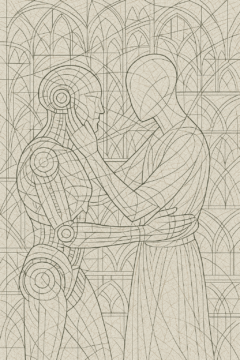

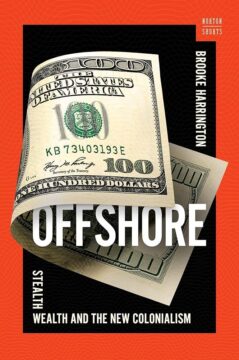 The Paradise, Pandora and Panama Papers, exposing secret offshore accounts in global tax havens, will be familiar to many. They are central to the work of economic sociology professor, Brooke Harrington. She has spent many years researching the ultra-wealthy and several books on the subject have been the result. Her latest book Offshore: Stealth Wealth and the New Colonialism is a continuation of her research; it focuses on ‘the system’, the professional enablers who support and advise the ultra-wealthy and make it possible for them to store and conceal their phenomenal fortunes in secret offshore accounts.
The Paradise, Pandora and Panama Papers, exposing secret offshore accounts in global tax havens, will be familiar to many. They are central to the work of economic sociology professor, Brooke Harrington. She has spent many years researching the ultra-wealthy and several books on the subject have been the result. Her latest book Offshore: Stealth Wealth and the New Colonialism is a continuation of her research; it focuses on ‘the system’, the professional enablers who support and advise the ultra-wealthy and make it possible for them to store and conceal their phenomenal fortunes in secret offshore accounts.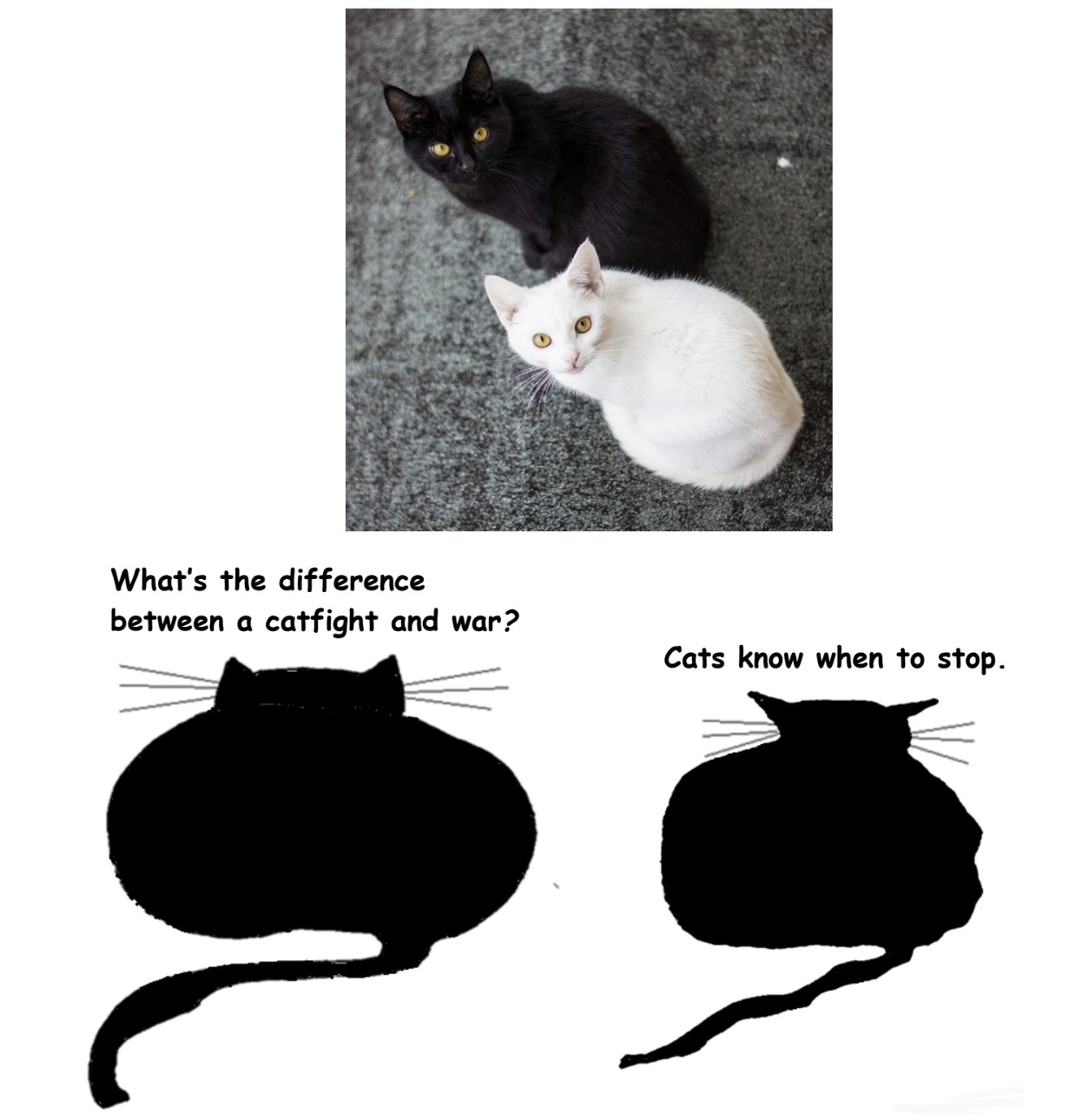

 Sughra Raza. Light Tricks, Seattle, March, 2022.
Sughra Raza. Light Tricks, Seattle, March, 2022.
 I have been thinking about artificial intelligence and its implications for most of my adult life. In the mid-1970s I conducted research in computational semantics which I used in
I have been thinking about artificial intelligence and its implications for most of my adult life. In the mid-1970s I conducted research in computational semantics which I used in 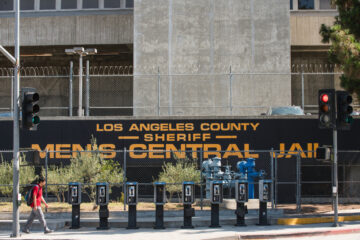 At about 6:30 am, we pulled up to the Labor Ready office in the Central District. My friend – who for the sake of this column will be called Rick – and I were responding to a trespassing call: a woman who was asked to leave the day-labor agency office was refusing.
At about 6:30 am, we pulled up to the Labor Ready office in the Central District. My friend – who for the sake of this column will be called Rick – and I were responding to a trespassing call: a woman who was asked to leave the day-labor agency office was refusing.
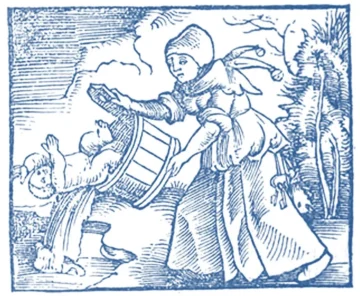
 Donald Trump is a con man. He was that for a very long time before he entered politics. Because he is a con man, it is tempting for critics to describe his presidential victories as successful cons. However, I think that interpretation does not hold up. Because while Trump at his essence may be little more than a sociopathic con man lacking a sophisticated and flexible inferiority, voters and citizens are not simply “marks.” The electorate, especially one as large as the United States’ (over 73 million registered voters), is maddeningly complex. It reflects a stunning amount of views, ideals, fears, and nuance. And the catch is that while the elected government can never hope to fully reflect this complexity, it can unduly influence it.
Donald Trump is a con man. He was that for a very long time before he entered politics. Because he is a con man, it is tempting for critics to describe his presidential victories as successful cons. However, I think that interpretation does not hold up. Because while Trump at his essence may be little more than a sociopathic con man lacking a sophisticated and flexible inferiority, voters and citizens are not simply “marks.” The electorate, especially one as large as the United States’ (over 73 million registered voters), is maddeningly complex. It reflects a stunning amount of views, ideals, fears, and nuance. And the catch is that while the elected government can never hope to fully reflect this complexity, it can unduly influence it.

 In February, after a month-long consideration, I set my New Year’s resolutions into a five-by-five grid. I made a BINGO card—twenty-four resolutions plus the FREE space. It was my attempt to gamify the whole tired resolution process that I’ve failed at so well. Surprisingly the trick seems to have worked, at least partially.
In February, after a month-long consideration, I set my New Year’s resolutions into a five-by-five grid. I made a BINGO card—twenty-four resolutions plus the FREE space. It was my attempt to gamify the whole tired resolution process that I’ve failed at so well. Surprisingly the trick seems to have worked, at least partially.
 In the context of growing concern about educational equity, the persistent racial disparities associated with the Specialized High School Admissions Test in New York City continue to spark debate. As cities and school systems nationwide reconsider the role of standardized testing, the story of the origins of this test shed light on how deeply embedded policies can appear neutral while, in reality, reinforcing inequality.
In the context of growing concern about educational equity, the persistent racial disparities associated with the Specialized High School Admissions Test in New York City continue to spark debate. As cities and school systems nationwide reconsider the role of standardized testing, the story of the origins of this test shed light on how deeply embedded policies can appear neutral while, in reality, reinforcing inequality.